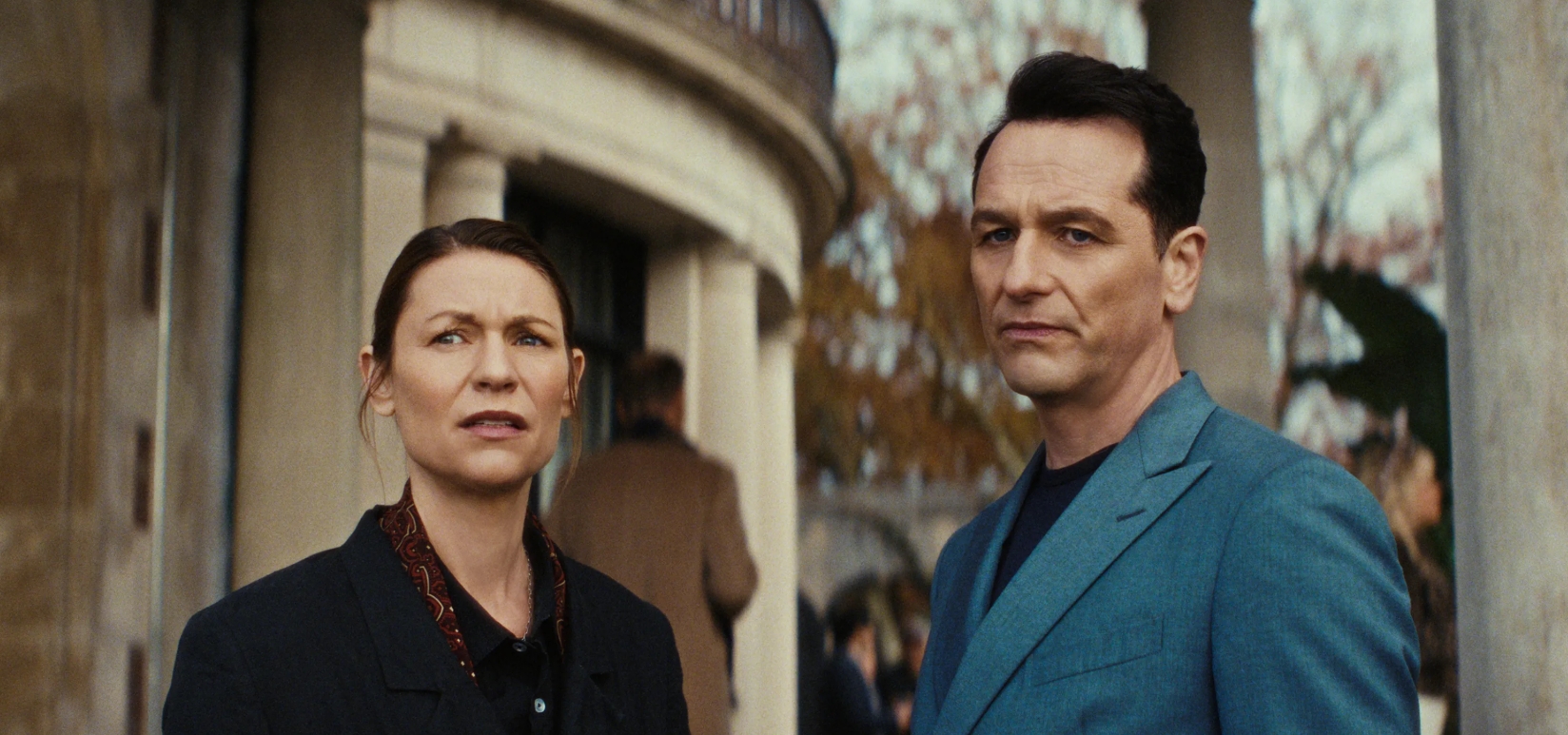When Steven Spielberg’s ‘Jurassic Park’ debuted in 1993, few could have anticipated the seismic impact it would have on the world of cinema. Drawing from Michael Crichton’s thrilling novel, the film not only redefined the blockbuster genre but also set new standards for visual effects, sound design, marketing, and storytelling. The influence of ‘Jurassic Park’ continues to echo through Hollywood even decades after its release, marking an era of both technological innovation and narrative ambition.
Revolutionizing Visual Effects Through CGI and Animatronics
Before ‘Jurassic Park’, computer-generated imagery (CGI) was a burgeoning field, used notably in films like ‘Terminator 2: Judgment Day’ and ‘The Abyss’. However, Spielberg’s dinosaur epic elevated the technology into mainstream consciousness. The collaboration between Industrial Light & Magic (ILM), led by Dennis Muren, and the genius animatronics of Stan Winston, resulted in an unprecedented blend of digital and practical effects.
The T-Rex paddock scene remains a masterclass in suspense and technical prowess: animatronic heads and feet are seamlessly intercut with full-body CGI shots, creating lifelike creatures that interacted convincingly with actors and settings. Visual effects supervisor Phil Tippett, originally hired for go-motion animation, became central to the seamless integration of physical models and digital techniques. The phrase “We spared no expense,” echoed by park owner John Hammond, aptly described the film’s dedication to technological excellence.
After witnessing ‘Jurassic Park’, filmmakers and studios recognized CGI’s narrative potential. The film’s groundbreaking effects rendered previous limitations obsolete, giving rise to franchises such as ‘The Matrix’, ‘Harry Potter’, ‘The Lord of the Rings’, and the Marvel Cinematic Universe. Audiences’ expectations shifted; the boundary between reality and imagination was forever altered.
Elevating Standards in Audio Composition and Music Scoring
‘Jurassic Park’ established fresh benchmarks in audio engineering, deploying innovative methods to give the dinosaurs a vivid presence. Audio designer Gary Rydstrom developed dinosaur vocalizations using a combination of animal noises—such as elephant sounds for the T-Rex and dolphin calls for Velociraptors—producing unique, unforgettable effects that have become symbols of popular culture.
The soundtrack by John Williams for ‘Jurassic Park’ is a key component of its enduring legacy. The grandiose main melody inspires a sense of amazement and wonder, highlighting both the grandeur and fear associated with genetic revival. Williams’ music not only amplified the emotional intensity but also became one of the most identifiable themes in film, crucial to the movie’s lasting charm.
The Birth of the Modern Blockbuster Marketing Machine
‘Jurassic Park’ transformed the strategy for movie marketing and product partnerships. Universal Pictures coordinated a comprehensive multimedia campaign that was unparalleled during its era: themed toys, video games, fast-food deals, associated novels, and documentaries about the making of the film, all of which heightened anticipation and prolonged the movie’s impact well beyond its time in cinemas. This multi-platform integration established a profitable model for later franchises like ‘Star Wars: The Phantom Menace’, ‘Spider-Man’, and even ‘Frozen’, positioning ‘Jurassic Park’ as a model for cross-media storytelling and business synergy.
Reshaping Storytelling and Genre Conventions
Although ‘Jurassic Park’ is frequently praised for its technical achievements, its storytelling importance is just as remarkable. The movie blends sci-fi, horror, and adventure with characters that resonate and thought-provoking ethical dilemmas. It delves into themes of scientific accountability, corporate selfishness, and the unpredictability of nature, anchoring the visual display in ethical intricacy.
Spielberg’s direction ensures that human stories are not overshadowed by technological marvels. Ellie Sattler’s compassion, Alan Grant’s paternal transformation, Ian Malcolm’s mathematical skepticism, and John Hammond’s hubris resonate across generations. This balance became a blueprint for blending character-driven drama with spectacle, influencing successors like ‘Avatar’, ‘Gravity’, and ‘Interstellar’.
Establishing New Industry Standards and Global Impact
The success of ‘Jurassic Park’ ($1 billion in global box office by 2013, counting re-releases) demonstrated that epic filmmaking, when combined with imaginative storytelling and technical innovation, could yield mass appeal. The film’s release catalyzed investments in CGI infrastructure across Hollywood and prompted the industry to reevaluate everything from pre-production planning (previsualization) to visual effects pipelines and post-production workflows.
It also paved the way for international visual effects collaborations, with studios and artists from across the globe seeking to harness the film’s methodology. The ripple effects were seen in the explosive rise of VFX-driven studios in regions such as London, Wellington, and Vancouver, fundamentally globalizing the industry.
Herencia y Impacto Persistente
The enduring influence of ‘Jurassic Park’ extends beyond sequels and parodies. It taught audiences and creators alike to dream bigger, to trust in the fusion of art and technology, and to pursue storytelling that pushes the boundaries of possibility. It fostered generations of filmmakers, animators, and fans inspired by the sight of a Brachiosaurus grazing on the big screen.
As cinema continues to evolve, ‘Jurassic Park’ stands as a touchstone for innovative filmmaking and the ever-expanding intersection between science, art, and commercial entertainment. Its legacy remains embedded in the DNA of contemporary cinema, reminding us that every so often, a film can truly change the rules of the game.






